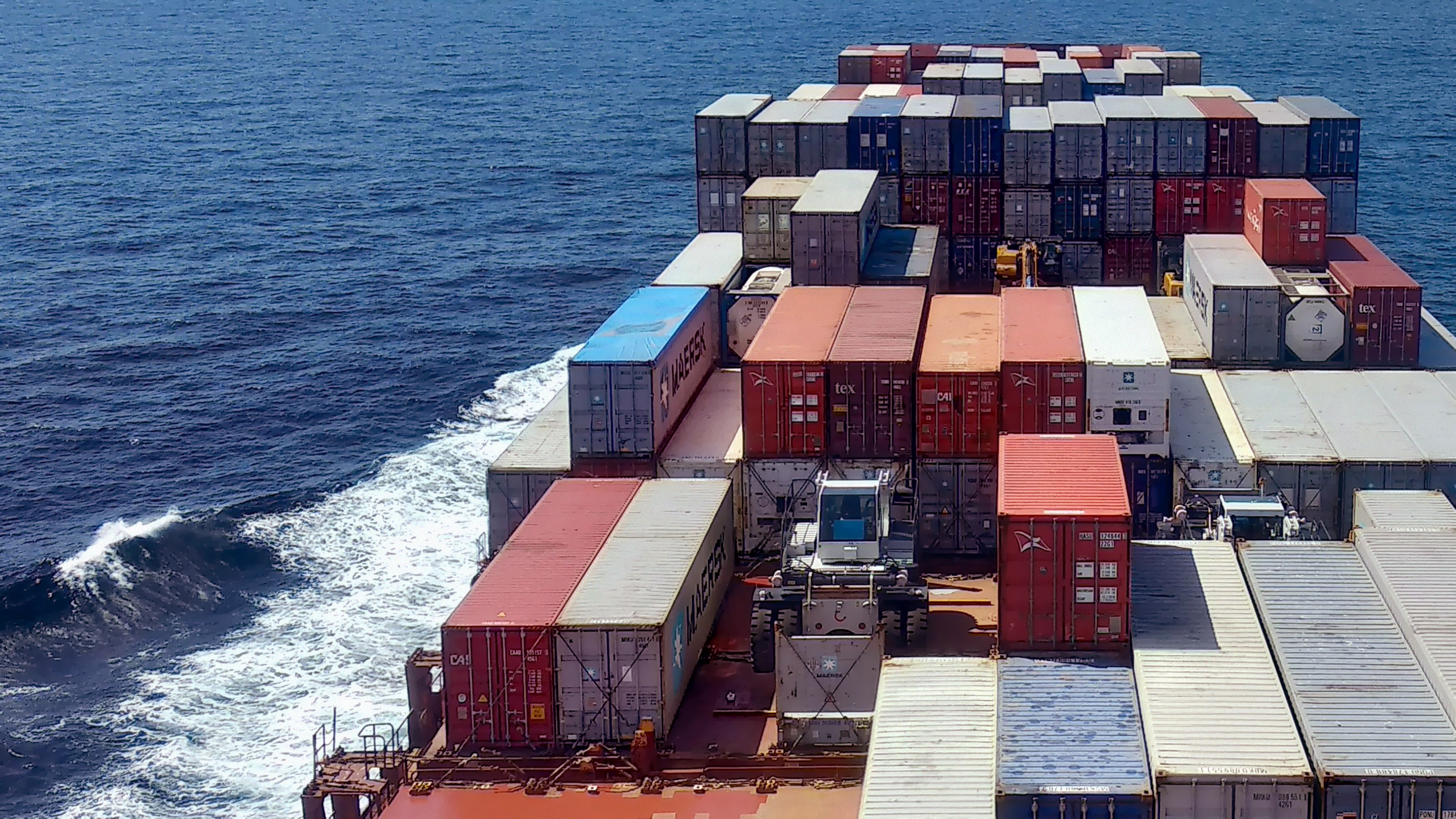In a world of increasingly volatile geopolitics, global tariffs are no longer just an economic policy lever. They’re quickly becoming a new frontier in financial crime.
While the long-term direction of tariffs may be uncertain, one thing is clear: volatility is here to stay. And wherever complexity, opacity, and opportunity collide, bad actors follow. Tariff evasion is already exhibiting many of the same hallmarks as money laundering and sanctions evasion: shell companies, falsified documents, and hidden beneficial ownership.
A Billion-Dollar Case Study in Evasion
In 2022, Perfectus Aluminum and five related entities were fined $1.83 billion for evading duties on Chinese aluminum pallets. The companies used classic financial crime tactics, including shell entities, falsified classifications, and document manipulation, to disguise taxable goods as duty-exempt.
Now in 2025, the tools for deception have only grown more powerful. With generative AI, it’s easier than ever to fabricate fake invoices, create convincing shipping documents, or spin up a web of front companies — instantly and at scale. This is no longer a fringe problem; it’s a growing threat that legacy compliance systems are ill-equipped to handle.
Tariff Evasion Tactics Mirror Traditional Financial Crime
Below are just a few examples of how tariff fraud is evolving, and why traditional rules-based systems are failing to keep up.
Tariffs Must Be Treated Like Sanctions and Money Laundering
Financial institutions, logistics providers, and regulators can no longer treat tariff compliance as a static checkbox. It must be approached like sanctions enforcement or AML: dynamic, adversarial, and high-stakes. This requires AI-powered solutions designed to evolve alongside new threats, scale across global operations, and detect sophisticated evasion schemes with precision.
Talk to us about how AI Risk Intelligence can help you stay ahead of tariff fraud with the speed, accuracy, and scalability modern risk management demands.
